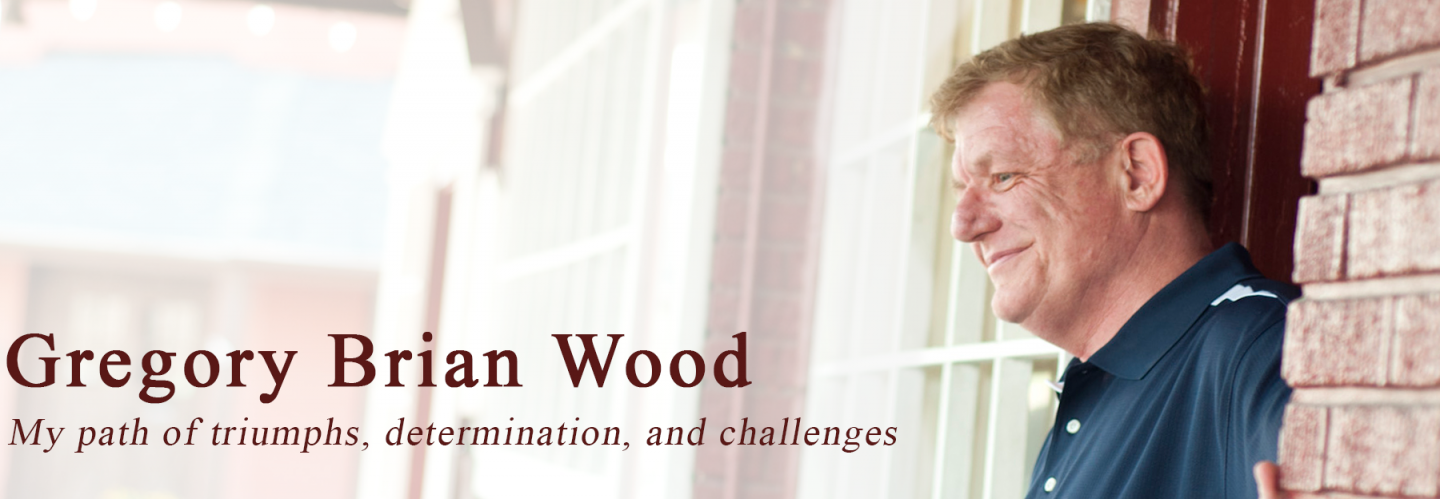Brenda Dater, MSW, MPH

By Brenda Dater, MSW, MPH.
Brenda Dater is the executive director at AANE and the author of “Parenting Without Panic.” Brenda is a mom of three, and her eldest is an Autistic woman. Brenda has facilitated parent support groups for over 20 years and thoroughly enjoys creating an environment where parents can find the support, information, and the community they need.
We at the Association for Autism and Neurodiversity (AANE), along with the larger autism advocacy movement, have worked for decades to advance understanding of autism, create inclusive and supportive communities, and dispel disinformation. As Autistic individuals, families, and clinicians, we recognize and honor the inherent worth and diverse experiences of Autistic people and their families. We also know the real barriers our community faces as they navigate the world.
In their most recent press conference, the President and his administration continued to spread disinformation that highlights questionable research and misinforms the public about autism. The HHS Secretary and the President repeatedly frame autism as an “epidemic” despite well-established research showing that rising prevalence rates reflect broader diagnostic criteria, greater awareness, and improved screening. In particular, claims about acetaminophen use in pregnancy as a cause of autism are deeply misleading. A massive Swedish study found no evidence that acetaminophen causes autism, directly contradicting the administration’s statements. Medical experts at the Coalition of Autism Scientists have issued a statement pushing back on each one of the claims made, saying the assertions, “only stoke fear.”
The real crisis occurs when Autistic individuals and their families are left without the understanding, services, and support they need. Among many examples, recent cuts to Medicaid funding and weakening the Department of Educationhave removed supports and protections that will have a dramatically negative effect on the autism community.
Our collective focus must be on ensuring robust funding, resources, and inclusive supports that the Autistic community relies on to live meaningful and connected lives. We know the autism community is strongest when the experiences of both Autistic individuals and their families are recognized. Autistic individuals bring essential insight into shaping policies and practices, while parents and caregivers play a vital role in support and advocacy alongside them. We urge leaders and the media to elevate these experiences and move away from divisive rhetoric, so that together we can focus on what truly matters: understanding, respect, and meaningful support for every Autistic person and their family.

